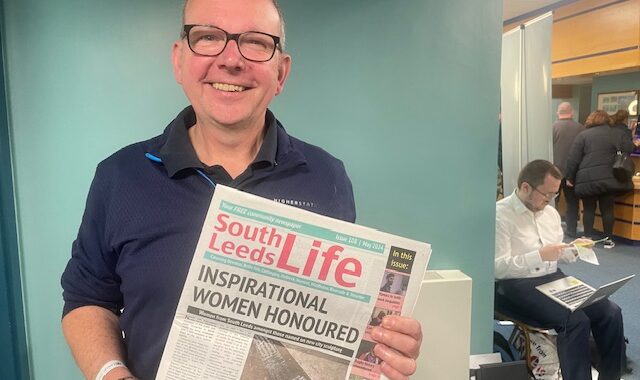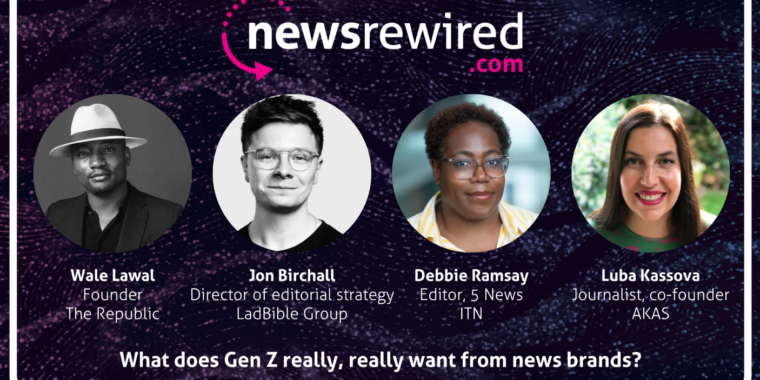Experts offered some useful tips on sending successful reader newsletters at the recent NewsRewired Conference held at News international in London, writes John Baron.
Industry leaders – including Journo Resources director Jem Collins, journalist-turned-comedian Suchandrika Chakrabarti, The Times’s Henry Bird and The Telegraph’s Head of Newsletters Maire Bonheim – spoke about a number of key trends as they seek to engage their audiences in the content and brands.
And while it may be easy for editors at small time-poor independent news outlets to roll their collective eyes at what the big boys do with audience engagement teams larger than their newsrooms, we may be able to use at least some of the tips at a local level.
Tips on how to build loyalty with your audience included:
- Be the first thing readers see and click
- Keep on reacting to how people are engaging with a specific topic
- Build a community – ask readers about their opinions and thoughts
Key takeaway was around personalisation. All the panellists advised moving away from automated news feeds and offering context, your own voice and being human was key to better engagement and retention.
“Looking as if you’re making an effort to engage with people is important, not just a feed of headlines or something AI generated,” said one.
Just being sent a list of links/headlines is a turnoff, said The Times’s Henry Bird. When there is a higher churn of newsletter subscribers, the common denominator was being too link heavy.
Maire Bonheim from the Telegraph talked about the importance of personalisation, getting the right tone for your audience, using photos to break up text, being personable, featuring overt calls to action and voting buttons on key subjects. “Be clear what you want to achieve,” she says. And don’t be afraid of conducting reader surveys.
“Pair it back and make it easy to navigate to where people need to go,” said Jem Collins from Journo Resources.
So how do we know when to send our newsletters out? Panellists encouraged experimentation and trialling to see what works best.
Jen said Journo Resources went out at 6pm after her organisation had looked at when they get the best opening rates. Her thought is always: Where will our readers be when we want to reach them?
Henry Bird from The Times considered the perks of the newspaper – he wants his audience to read his newsletter before they get the information elsewhere, including the Times’s own app. They send news out early morning: everything you need to know for the day ahead – two hours later might be old news. “We have tested and evolved based on opening and click-through rates,” he added.
Bird said how you judge success depends on your aim. He said opening rates were more important than click-through rates – key question for him was ‘are you building attention and community?’ You don’t always have to click! But it defers depending on the aim of your organisation.
Some newsletters are aimed at retention or acquisitions, and newsletters contribute to retention, Maire from The Telegraph added. Journo Resources used their newsletters to convert people to membership and to raise money.
Bird also suggested a weekly Q&A where people can ask questions and include your email address. Times carries out a monthly interview with politicians, and all questions come from readers emailing in Telegraph politics.“Numbers are important, but don’t forget there are people there!” he added.
To that end, developing a newsletter’s voice and tone is important. Consider how that reflects your publication Some might be informal, others more formal depending on topic: eg arts and sport versus news.
Provide a mixture of content says Bird, include some in-depth analysis, not just news. “We have a weekly Q&A with readers as well,” he added.
Anyone can churn out AI-generated copy said the panel – but some newsletters can have personality and reflect the style and character of the writer. Newsletters allow for niche topics as the focus, making user feedback crucial to ensure the most relevant information is being shared.It is important to post content in an order that will deliver news to the audience in the most efficient and effective manner. “Share the most important information first,” was something all panelists agreed on.
Tips on how to discover value and build loyalty with newsletters from NewsRewired
Latest Articles

Print certainly isn’t dead – in fact it’s proving more important than ever in some communities.
ICNN member South Leeds Life will next month celebrate a decade of being in print, and editor Jeremy Morton says…



